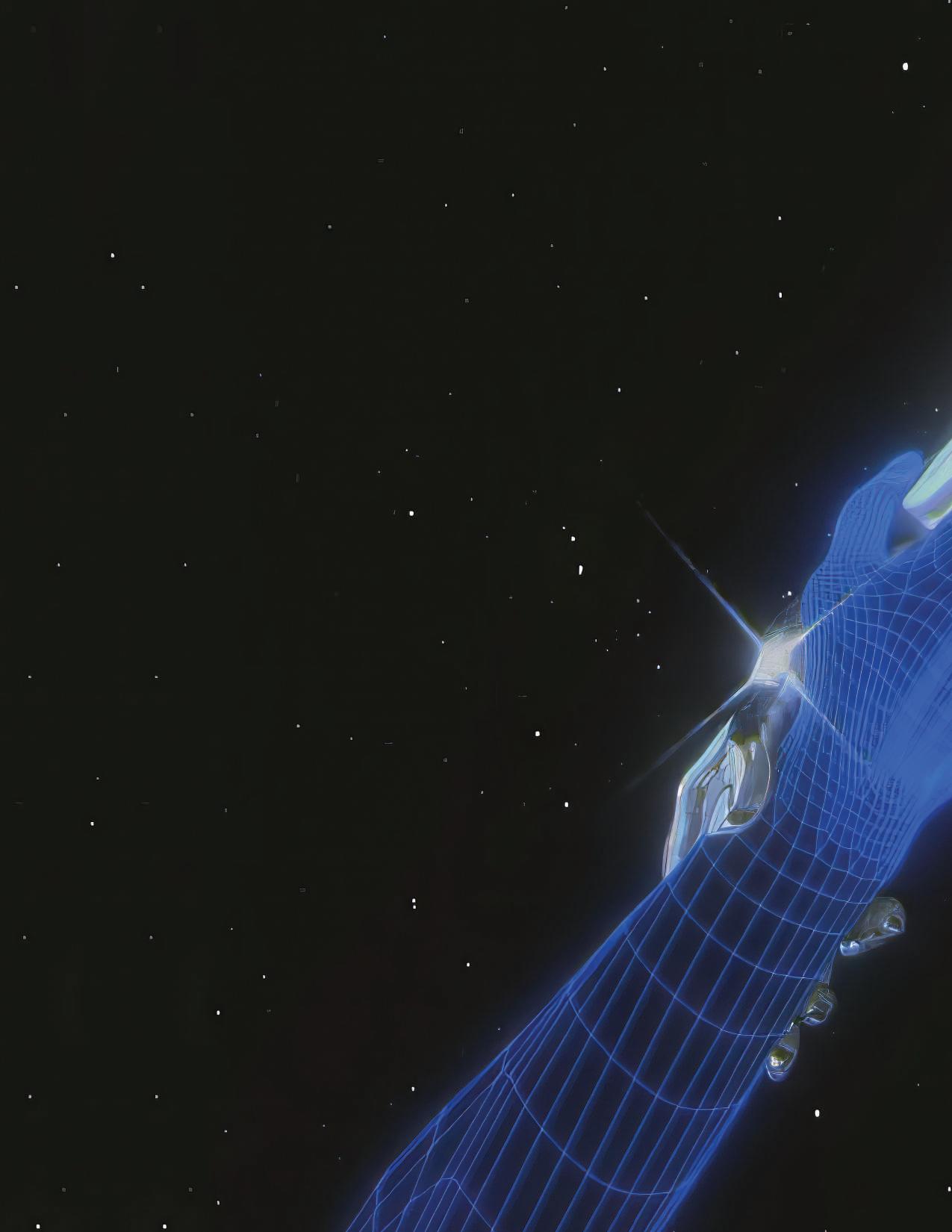
4 minute read
BREAKING THE RULES OF NATURE
from CHAIN - Issue I, Nov 2023
by CHAIN
BY EZZEDDIN EZZEDDIN
Welcome to the exhilarating world of biocomputers, where science and technology combine to create something truly incredible. Forget the mundane; it’s time to dive into the exciting realm of biocomputers, where DNA stores data, arithmetic operations occur using DNA, and complex problems are solved in ways that will leave you in awe.
What Are Biocomputers, and Why Should You Care?
You might be wondering, “What’s the fuss about biocomputers?” Well, they’re not your run-of-the-mill computers. Biocomputers are at the forefront of technological innovation, using biology to change the game. Imagine computers that don’t rely on traditional hardware and software but instead utilize DNA, the very building blocks of life, to process and store information. It’s like science fiction coming to life, and it’s happening right now!
How Does DNA Store Data?
The magic begins with DNA, the molecule that carries the genetic information of all living things. It’s composed of four nucleotide bases: adenine (A), cytosine (C), guanine (G), and thymine (T). Here’s where it gets interesting – these bases can represent binary data, just like the 0s and 1s in your everyday computer. Scientists encode digital information by crafting specific sequences of these DNA bases. It’s like writing a secret code, but the secret is stored in the DNA itself. This means DNA can be an incredibly efficient data storage medium, holding vast amounts of information in a microscopic space.
How Do Arithmetic Operations Happen Using DNA?
Now, you’re probably wondering how DNA can handle arithmetic operations. It’s not doing math in the way we do, but it’s doing something equally astonishing. DNA can be programmed to perform operations based on specific sequences and reactions. Think of it as creating a set of molecular switches. When specific DNA sequences are present or absent, it triggers different chemical reactions, mimicking the logic gates in traditional computers.
How Can Biocomputers Help Solve Nondeterministic Polynomial-Time Problems?
Let’s dive into the mysterious world of complex problem-solving. Biocomputers are not just ordinary computers; they’re exceptionally talented at solving what’s known as nondeterministic polynomial-time (NP) problems. These are some of the most challenging computational puzzles out there. NP problems are like intricate mazes with countless possible paths, and finding the way out can be mind-bogglingly difficult. Traditional computers struggle with them. However, biocomputers, with their parallel processing capabilities and DNA-based decision-making, might just crack the code. Imagine a team of brilliant detectives working together to solve the most intricate case. That’s what biocomputers do when they tackle NP problems – they explore multiple paths simultaneously and provide solutions that were previously out of reach.
The realm of biocomputers represents a magnificent intersection of biology, engineering, and computer science. In these days, we are still in the research and continuous testing phase. The rapid and astonishing developments in this field may continue to yield magnificent yet potentially dangerous results, especially in the potential for powerful computational capabilities using less energy and generating less heat than traditional silicon computers. This raises significant and perplexing questions. If we were to create a biocomputer with DNA at its core for computation and thinking, would this represent a transformation from being inanimate to an organism, potentially leading to demands for its rights? Could there emerge associations advocating for the rights of such a computer?
Some research suggests that human cognition is nothing but a highly advanced form of cellular cognition controlled by DNA. So, for example, if we create a bio-robot from DNA, can it possess a level of cognition? If that’s really true, is this the way that humans create the tools for the end of civilization, or is it going to be the start of a new technological revolution, transporting humans to a world where dreams become reality?










